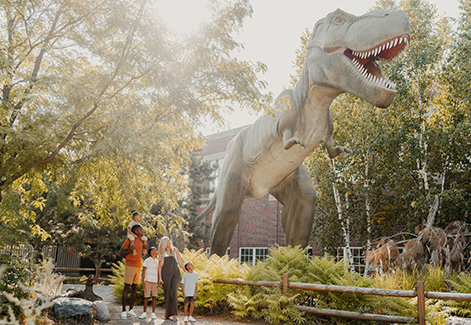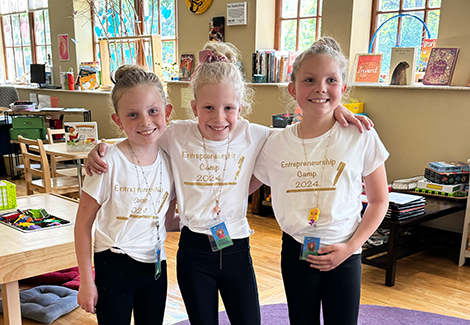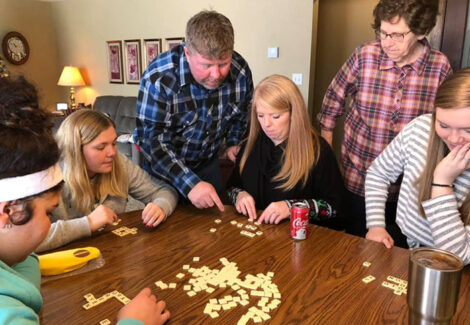When area school districts have “no school” days, it’s time for STEAM camp at the Children’s Museum of South Dakota.
Since we are not a school in the traditional sense, the lessons we teach often speak to more than academia. STEAM camp covers concepts such as science, technology, engineering, art, and math, but we also strive to teach students those softer skills such as acceptance and empathy.
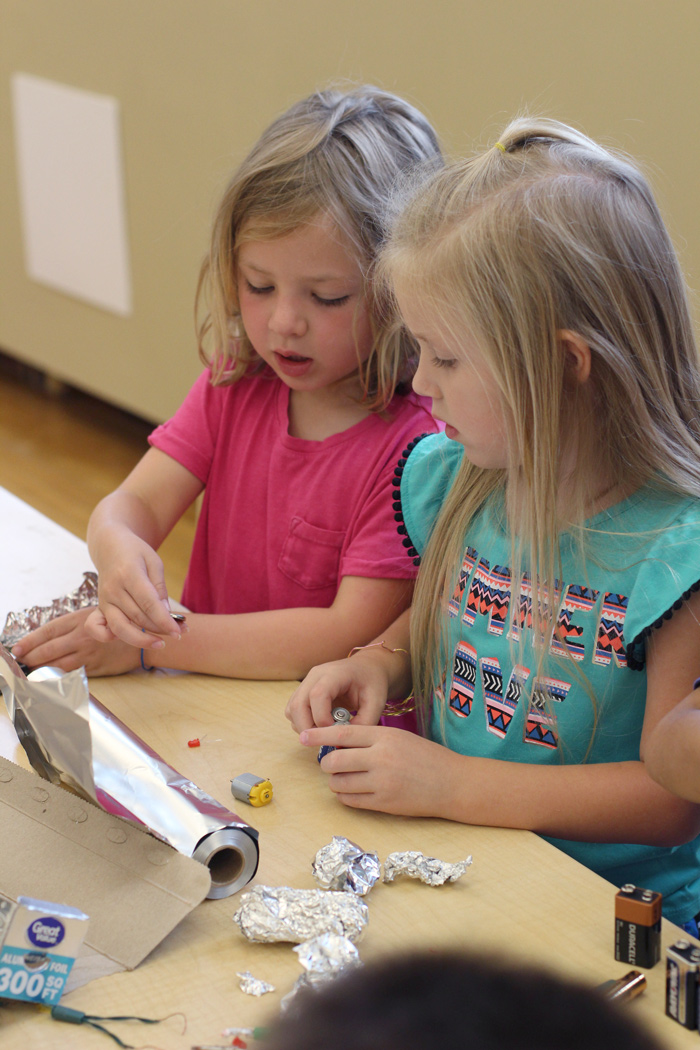
Making connections and meeting new friends
As I welcome kids from 2 school districts, 4 elementary schools, and 5 grades into the Maker Studio for this one day, we all become 1 team, 1 class, 1 family.
STEAM camp is a great way to make connections and for students to make friends outside of their normal groups.
As a teacher, I hope students learn empathy, patience, and collaboration from this experience. I also hope that when they come into the classroom they know that they are accepted, that they matter, and that interpersonal relationships are just as important as any chemistry concept. If there is anything that they get out of their day, I hope they learn that they are worth so much more than tests and report cards can reflect.
Everyone has their own needs
Our students don’t come to us all needing the same thing from their day. Some of the kids are interested in learning about engineering, while others are still working on developing social skills. Some are just moving into town and don’t know anyone here yet, and some are 3rd generation Brookings residents.
None of the students are experiencing the same walk of life, the same trials, or the same celebrations. As a teacher, I wouldn’t have it any other way.
“They may forget what you said, but they will never forget how you made them feel.” – Carl W. Buehner
We learn more than science and art
As we spend the day together, we all learn so much more than science and art. The older students become mentors and older siblings to the 6-year olds in class, learning to be gracious leaders.
The younger students remind the fifth-graders that imagination is far from frivolous and that sometimes big dreams can make for big realities.
They also learn that age is not the only determining factor in leadership. And I learn, over and over, about how capable these students are.
I am reminded that teaching is a partnership, not a hierarchy, and I learn new ways to improve the experience for all of the students.
Learning through experience
At STEAM camp, we don’t only focus on STEAM. We focus on collaboration, problem-solving, and creativity. When students collaborate they learn from the experiences of others, they learn to compromise, and they learn about themselves. As they work to solve problems together, they learn skills that will benefit them greatly in the future.
But they also learn to look at the world critically and to stand up for their ideas. They learn that when they hit a snag, we can talk through creative solutions. All these skills can be taught and practiced through STEAM, but the skills these students are learning can be applied to any situation in which they find themselves.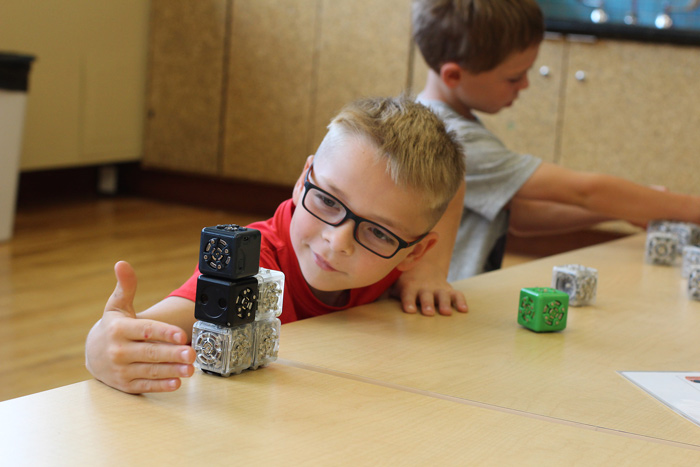
The end of the day is a new beginning
As the day closes and the sun wanes, the children leave one by one eager to tell their family what they did at STEAM camp. New friends part ways with promises to see each other soon. And with every child that turns around to wave and say, “thank you,” I know that today was about more than science, technology, engineering, art, and math. It was about life.
“They may forget what you said, but they will never forget how you made them feel.” – Carl W. Buehner



